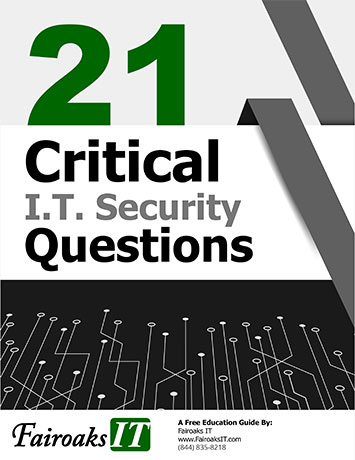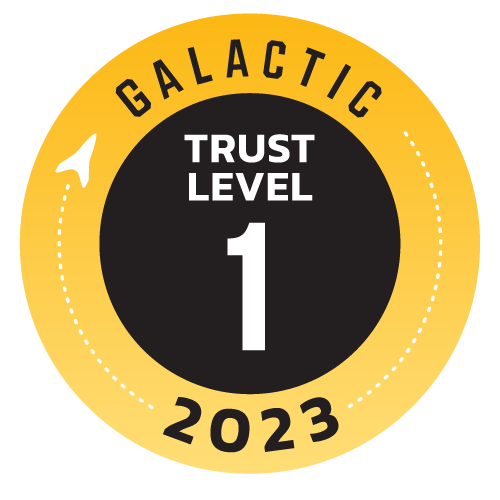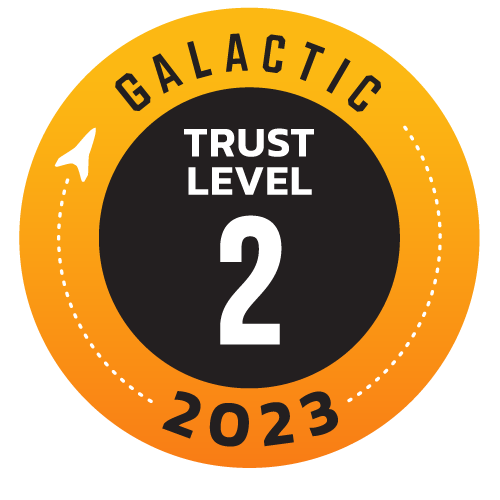There used to be a time when e-mail was supposed to increase productivity. Yet, that is often not the case. Many users don’t use e-mail as productively as they could, and you may be one of them! Consider these tips to improve the way you use e-mail:
Skip attachments. Find alternate methods of sharing documents, such as Google Drive or Dropbox. It makes organization and collaboration more efficient, and it’s easier to track who has what. Plus, many e-mail clients, such as Gmail, are notorious for marking e-mails with attachments and links as spam.
Watch your replies. When you reply to an e-mail, it’s too easy to write and send, not realizing who might end up with your message. If you receive a CC’d e-mail with several names attached, be sure to reply only to the sender and not the group, unless it’s 100% relevant. It creates useless in-box clutter for others and wastes time.
Use the subject line effectively. When a subject line is vague or difficult to understand, it’s frustrating for the recipient. They might not even bother with it. Be clear and concise, while also being descriptive. The recipient should know what the e-mail pertains to before they open it.
Not everything needs a reply. Replying to every e-mail you get, or even a majority of them, wastes your time and the time of the recipient, especially if your reply doesn’t say anything meaningful (such as a thanks or acknowledgment of a previous e-mail). Unless it’s absolutely necessary to continue a conversation, move on.









